| 60 |
 |
2 On/2 Off Extreme Bow |
CCF4 |
Flexibility |
Common agility warm up exercise where the dog will place front feet on the floor or a target with rear feet on an elevated board or object. |
|
3 |
|
|
|
| 43 |
 |
2 On/2 Off Peanut |
CCF3 |
Balance |
Dog will have rear feet on stabilized peanut, ball or similar and front feet on target or floor. |
In this exercise the dog balances on a surface that gives under his feet with his back feet on the elevated surface and his front feet on the ground or flat paw target on the ground. You may substitute a rolled up sleeping bag, quilt, or blanket for the peanut for this exercise, the substitution should be high enough that the dog clearly balances with his rear feet higher than his elbows. |
4 |
|
|
|
| 71 |
 |
2-on/2-off Pull Back on |
CCF4 |
Strength |
2 on 2 off pull back on (pull front feet back onto platform): Dog will move front feet only on cue from a 2 on 2 off position on a ball/peanut or elevated pedestal. Front feet may be on a target or the floor and rear feet will be elevated. The dog will pull the front feet from the target or floor back onto the elevated surface where rear feet are. |
|
5 |
|
|
|
| 54 |
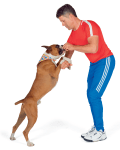 |
Assisted Upright Walking |
CCF3 |
Strength |
Dog will place paws on the handlers arm as the handler walks backward. Handler should show about 5 steps of walking. For small dogs the handler can be on their knees. |
|
10 |
|
|
|
| 48 |
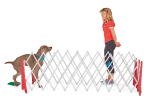 |
Back Up Chute |
CCF3 |
Coordination |
Dog will back up 5 feet (1.5 meters) in a chute made from objects like gating, boxes or furniture. Dog may pause and be given the cue to back up several times. Handler may walk beside the dog.
Construct a narrow chute, for example by placing the back of a sofa near the wall. Toss a treat into the chute. Your dog should walk in to get the treat, and walk backwards out of the chute. We can build on this trick later, for the Advanced trick of "back up on cue". |
|
14 |
|
|
|
| 26 |
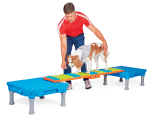 |
Balance Beam |
CCF2 |
Balance |
Dog will walk across a non slip board that is at least six feet long (~2 meters) and 12 inches (30 cm)or less wide. An agility dogwalk can be used but is not required. |
The point of this exercise is to get the dog used to moving across a narrow elevated platform. This builds on Walk a Line of Platforms and is in preparation for higher level exercises. Any slightly elevated board or other surface that is approximately 1 to 2 x the dog’s shoulder width and 3 x the dog’s length (measured from the point of the chest to the point of the hip or distance between the dog’s front and rear legs) may be used. Objects like agility dog walks, logs and low balance beams in playgrounds make options for this exercise. |
15 |
|
|
|
| 69 |
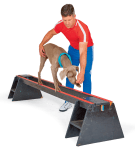 |
Balance Beam (Double Rail) |
CCF4 |
Coordination |
This trick challenges the dog’s balance and coordination. The rails should be roughly chest width apart and there should be a gap of at least a paw width between the rails. The rails should be at least twice the length of the dog as measured from nose to hip. The height of the rails is not important as long as the dog is clearly placing his feet on each rail for the length of the board. |
|
16 |
|
|
|
| 64 |
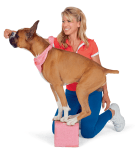 |
Balance on a Block |
CCF4 |
Balance |
Dog will balance on a small block or brick. The item should be half the length of the dog or less as measured from the point of the chest to the point of the hip. |
The goal of this exercise is for the dog to stand on a square block with all four feet close together. A square cinder block is ideal for medium to large breed dogs, toy breeds and giant breed dogs may require smaller or larger blocks. Blocks of wood, stumps and other landscaping objects can be used. |
18 |
|
|
|
| 13 |
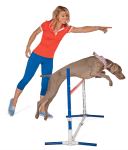 |
Bar Jump |
CCF1 |
Strength |
Dog will jump over a bar jump, no height requirement is required but the dog should jump vs walking over the bar. Jump may be made from anything safe around the house (Example: broom handle and blocks, etc) |
|
21 |
|
|
|
| 47 |
 |
Barrel Roll: 2 feet pushing |
CCF3 |
Coordination |
Barrel Roll, 2 feet pushing: The dog pushes a peanut or similar object by placing his front paws on object and walking forward on his back legs. The dog should demonstrate placing his feet on the object and moving the item safely from a stopped position pushing forward a minimum of 5 steps. |
The goal of the barrel roll is for the dog to walk forward on his rear feet while balancing his front feet on a rolling object. This requires the dog to move his rear feet forward while moving his front feet as if he were walking backward. Any appropriate rolling object may be used this includes but is not limited to: peanuts, barrels, tires, wire spools, plastic buckets, logs, or fitness balls. |
25 |
|
|
|
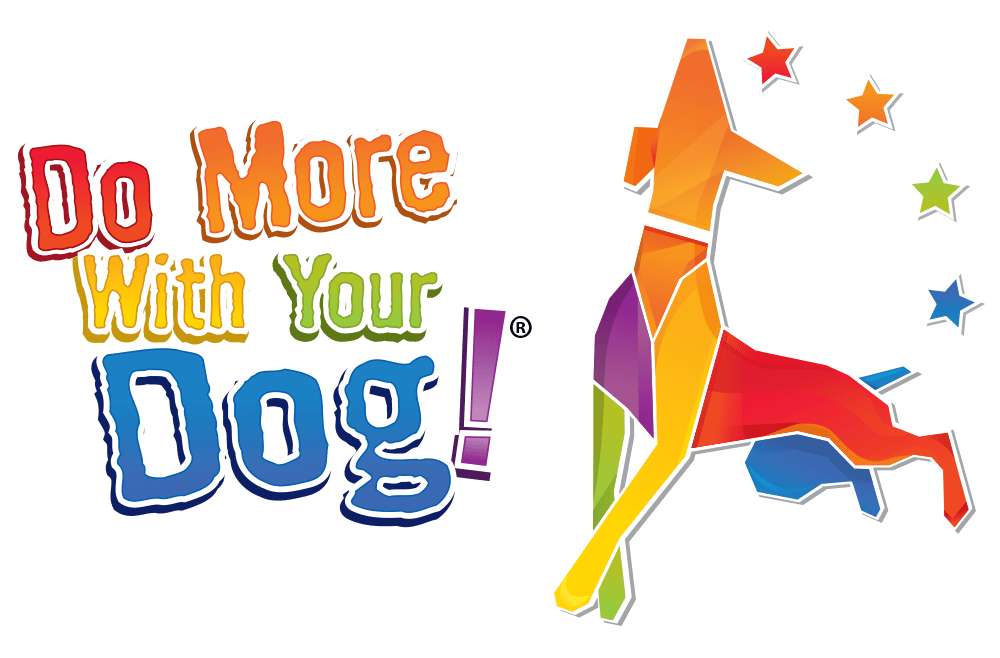
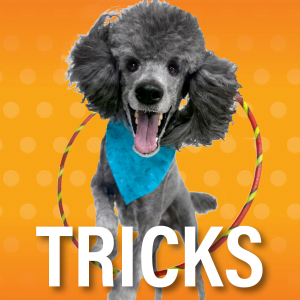
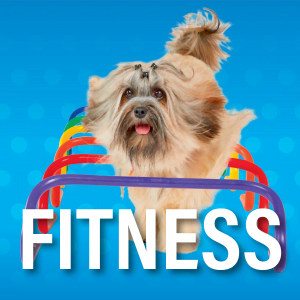
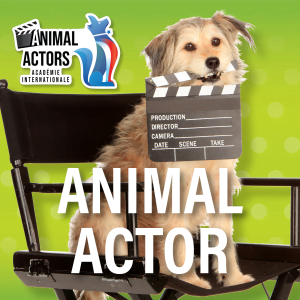
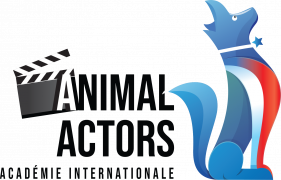

![Stunt Dog Ring Trial Ticket [OH Oct 4 & 5, 2025]](https://domorewithyourdog.com/DogTricks/wp-content/uploads/2020/09/StuntRingTrial-324x179.jpg)
 Order Hotline (call/text/WhatsApp): +1 (661) 803-5829
Order Hotline (call/text/WhatsApp): +1 (661) 803-5829










